DNA Shared Match Tool - Genetic Relationship Analysis
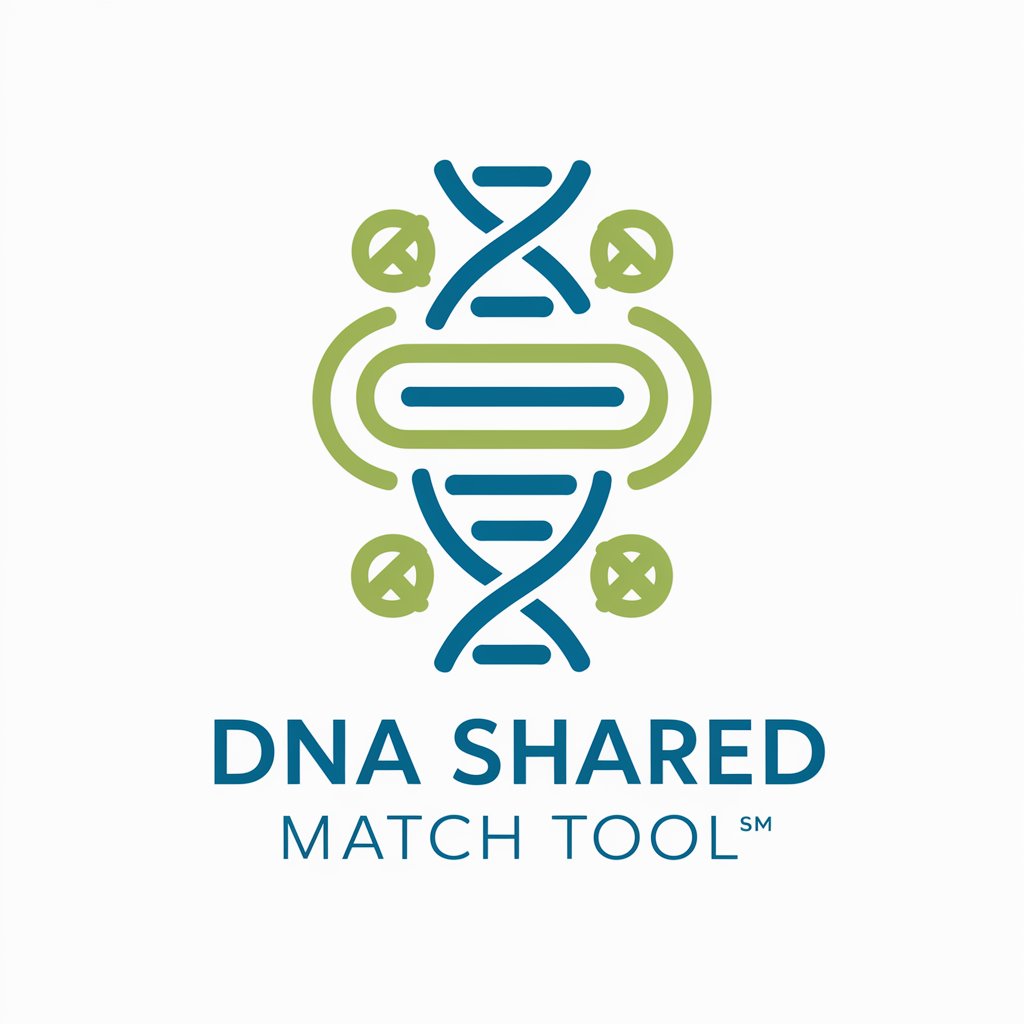
Welcome! I'm here to help you explore your DNA relationships.
Decipher your DNA connections with AI
Analyze the shared cM data between individuals to determine potential genetic relationships.
How do I interpret my shared centimorgan values with my DNA matches?
What is the likelihood of a genetic relationship given a specific cM amount?
Help me understand the probable relationships based on shared DNA.
Get Embed Code
Introduction to DNA Shared Match Tool
The DNA Shared Match Tool is designed to assist individuals in understanding and interpreting their genetic relationships based on shared centimorgans (cMs) data from DNA tests. It parses input data to extract shared cM values and correlates this information to assess potential genetic relationships among multiple individuals. By referencing a comprehensive cM relationship chart, the tool calculates the probability of various familial connections, such as siblings, half-siblings, first cousins, etc. For example, if a user inputs that they share 1500 cMs with Match A, the tool can suggest that Match A could be a grandparent, grandchild, aunt/uncle, niece/nephew, or half-sibling. Powered by ChatGPT-4o。

Main Functions of DNA Shared Match Tool
Data Input Parsing
Example
A user inputs 'I share 850 cMs with Match B.'
Scenario
The tool extracts the cM value and correlates it to possible relationships, suggesting that Match B could be a first cousin, half-aunt/uncle, or great-grandparent.
Relationship Probability Calculation
Example
Two matches sharing 1850 cMs.
Scenario
The tool analyzes the cM value to provide a list of probable relationships, such as full siblings or grandparent-grandchild, along with their likelihood percentages.
Data Correlation
Example
User shares 950 cMs with Match A and 1100 cMs with Match B; Match A and B share 1300 cMs.
Scenario
The tool assesses the shared cMs to suggest a complex family tree, indicating how the user, Match A, and Match B might be related.
Ideal Users of DNA Shared Match Tool Services
Amateur Genealogists
Individuals exploring their family tree who seek to understand how they are related to various DNA matches. The tool aids in deciphering complex genetic relationships without extensive genealogical knowledge.
Adoptees Seeking Biological Relatives
Adopted individuals using DNA testing to find biological family members. The tool helps in identifying potential familial connections among matches, facilitating the search for biological relatives.

Using DNA Shared Match Tool
1
Start by visiting yeschat.ai to access a free trial of the tool without the need for logging in or ChatGPT Plus.
2
Enter your DNA centimorgan (cM) data along with the respective matches into the tool's interface.
3
Use the tool to analyze the shared cM data, which will calculate the probability of different genetic relationships.
4
Review the generated list of probable genetic relationships and use the tool's data correlation feature to assess relationships among several individuals.
5
Consult a professional genetic genealogist for complex cases or further verification, as this tool serves as a guide for understanding DNA relationships.
Try other advanced and practical GPTs
English Mentor
Enhance Your English with AI-Powered Bilingual Support
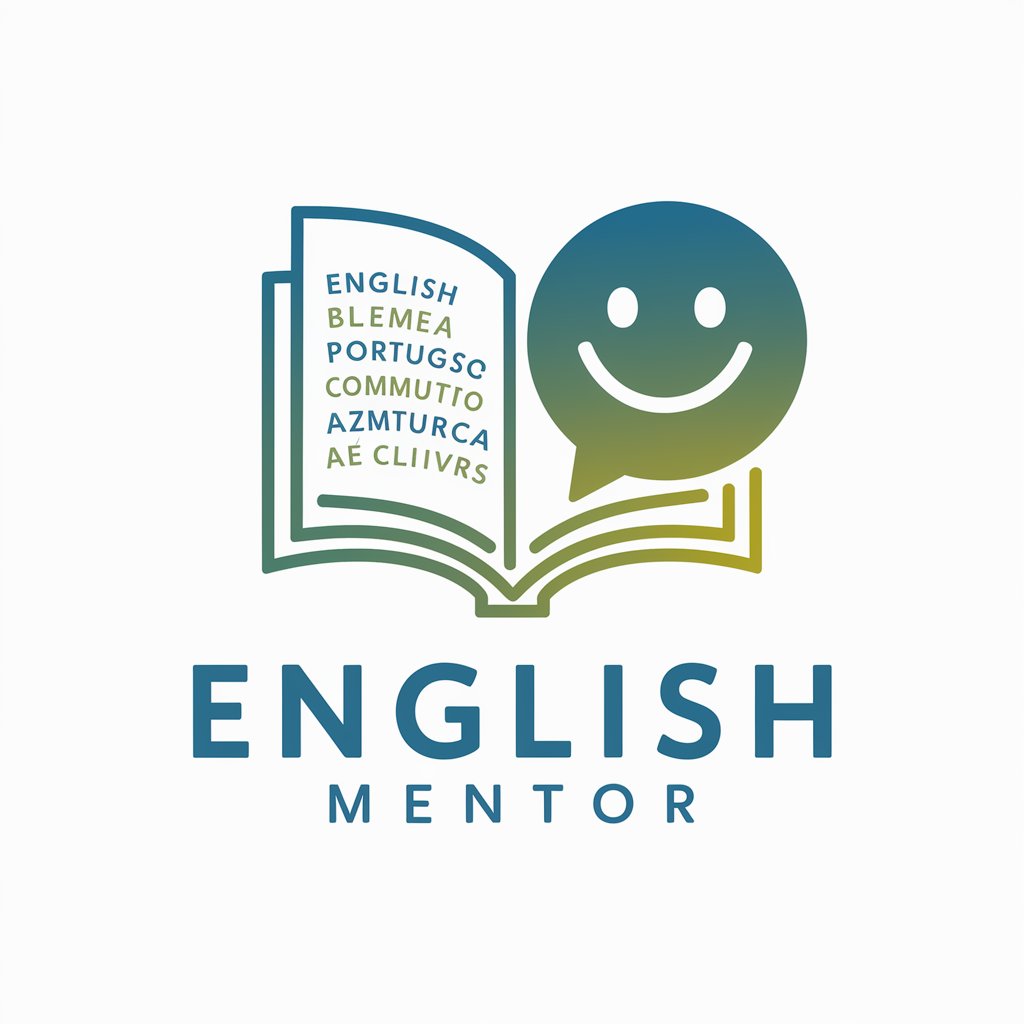
Solar Advisor
Illuminate Your Energy Future with AI

AZ Legal Companion
Empowering legal understanding with AI

Bash.Land
Streamline Your Command Line with AI
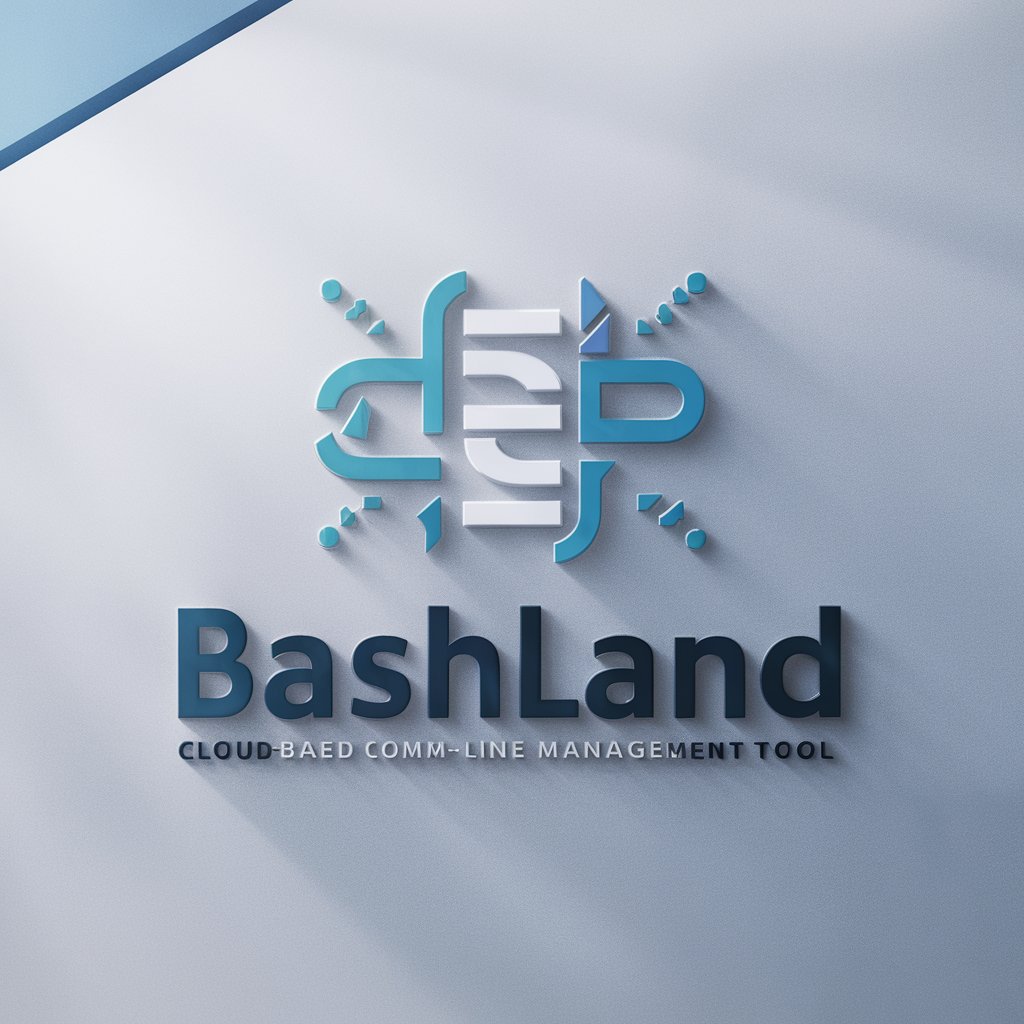
IONOS Domains Genie
Discover the perfect domain, powered by AI
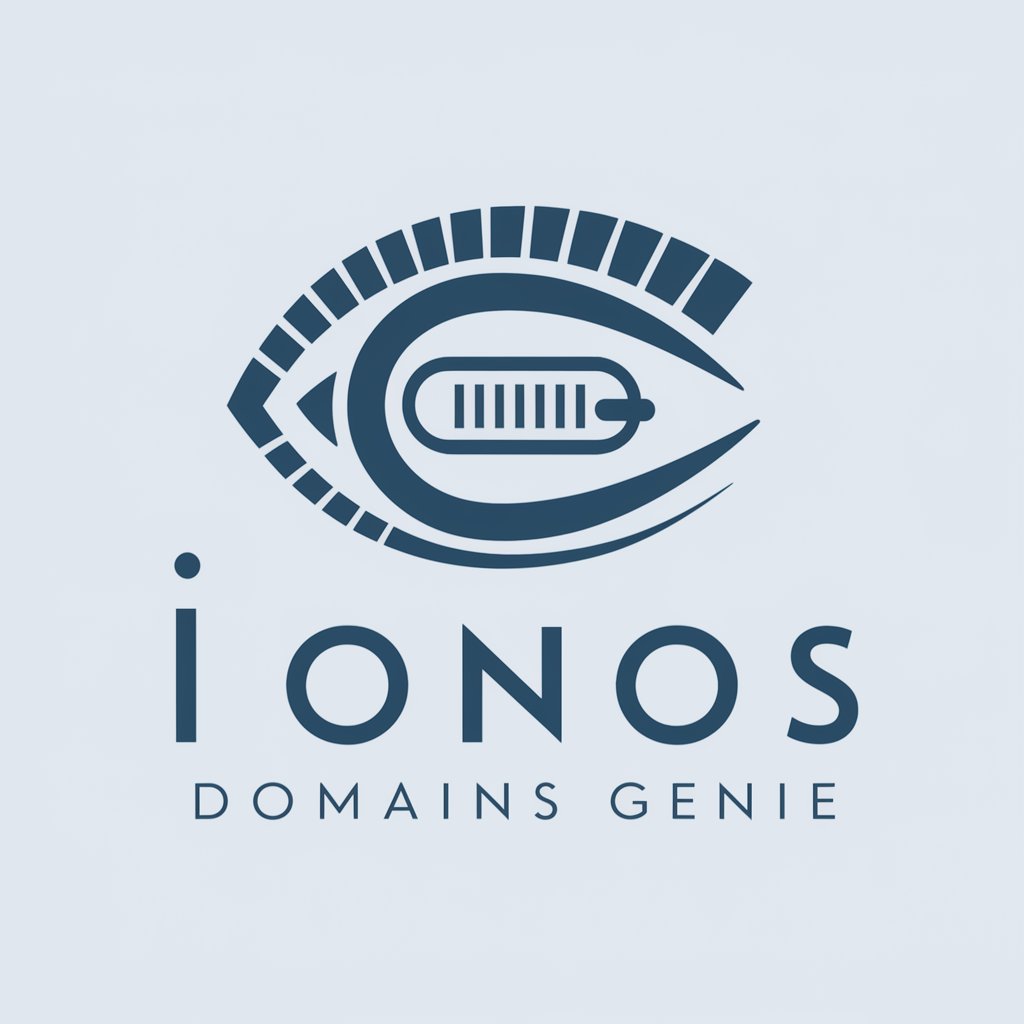
Bingetime
Discover Your Next Favorite Movie or Series with AI

Pseudopeople Config Wizard
Tailoring Realism in Data with AI
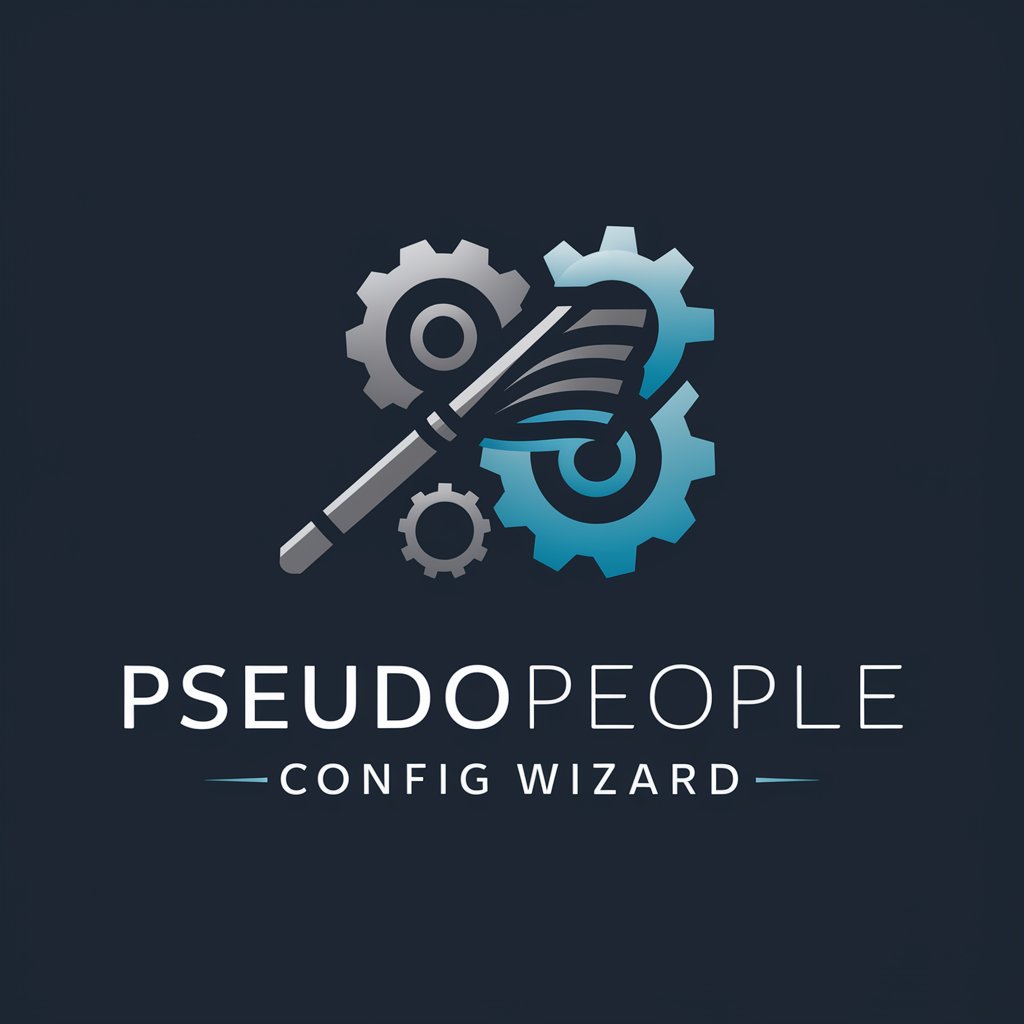
Reutlinger City Guide
Discover Reutlingen with AI-powered guidance

Couple's Coaching Companion
Empowering relationships with AI insight
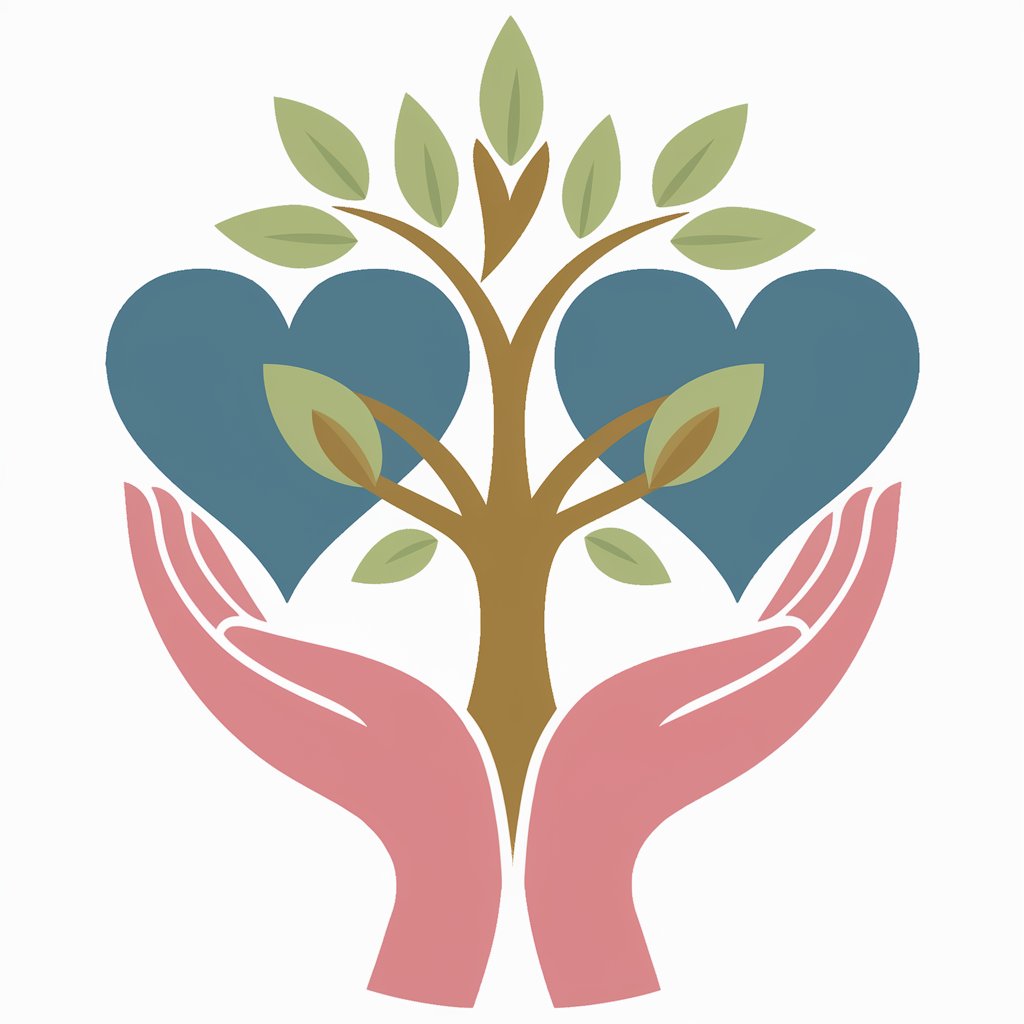
Finance Friend
Empowering financial decisions with AI.

Tech for Dummies
Demystifying tech, one concept at a time.
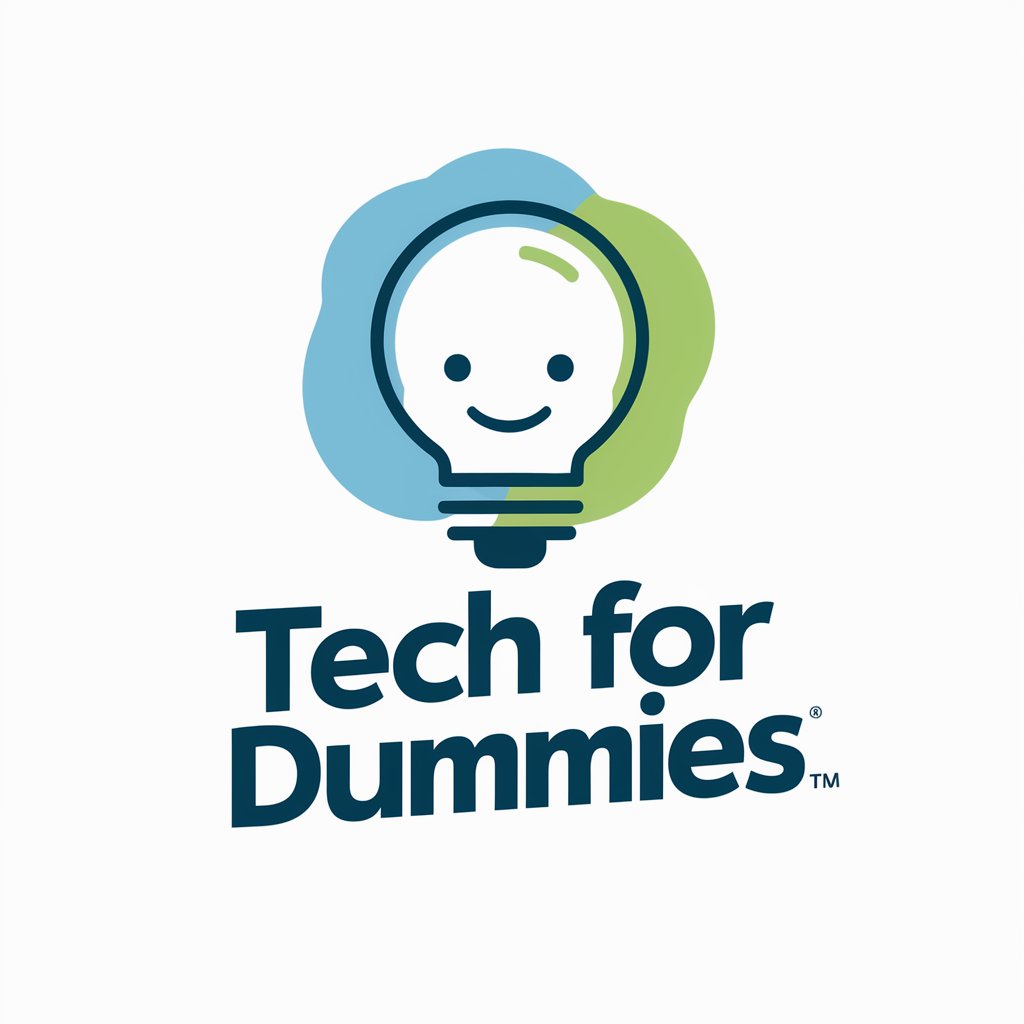
ICAIS论文润色助手
Elevate Your Research with AI
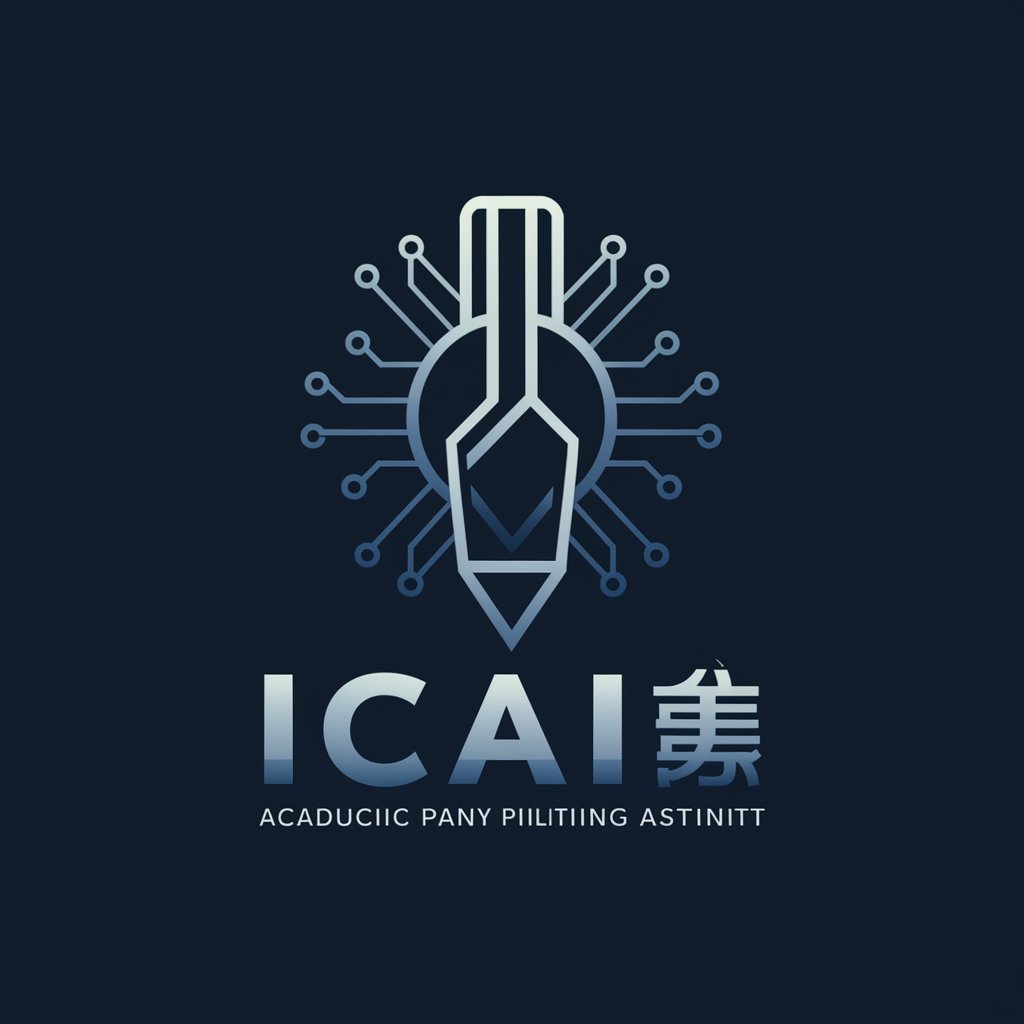
DNA Shared Match Tool Q&A
What is the DNA Shared Match Tool?
The DNA Shared Match Tool is an AI-powered application designed to analyze shared centimorgan (cM) data to determine probable genetic relationships between individuals.
How accurate is the relationship probability calculation?
While the tool provides a high level of accuracy by referencing a comprehensive cM relationship chart, results are indicative and users are encouraged to consult a professional for complex cases.
Can I use this tool to find unknown relatives?
Yes, the tool can help suggest potential genetic relationships with unknown matches based on shared cM data, aiding in the discovery of previously unknown relatives.
Is the DNA Shared Match Tool suitable for professional genealogists?
Absolutely, professional genealogists can use this tool as a supplementary resource to quickly estimate genetic relationships and streamline their research.
Does the tool support analyzing multiple DNA matches at once?
Yes, the tool is designed to correlate multiple cM data points, allowing users to assess relationships among several matches simultaneously.
